Dearest Reader, could you imagine the beauty products in your bathroom being a source of environmental concern? Surprising, isn’t it? Traditional beauty products, from your favorite lip gloss to the shampoo you use daily, often tend to be loaded with harmful chemicals. Not only do these substances pose risks to your health, but they also have a considerable environmental footprint. This goes from the manufacturing process, right down to when you rinse them off your skin and into the drain.
🪞 Beauty doesn’t have to cost the Earth.
Embracing eco-friendly cosmetics and personal care routines can be a significant step towards minimizing this impact. It’s an opportunity not only to show love for your skin but also to care for our Planet. Choosing eco-friendly cosmetics goes beyond checking for buzzwords like ‘natural’ or ‘organic’. It revolves around understanding the ingredients inside and how they’ve been sourced. Seeking more sustainable practices, from packaging to the formulation, makes a difference as well.
Armed with correct information, you can begin substituting traditional beauty products with greener alternatives, contributing to a healthier and more sustainable world. This article is your guide – offering tips on how to spot eco-friendly beauty brands, understand what goes into your products, and finally encouraging you to make environmentally-conscious beauty choices. Because, after all, real beauty should be kind to the Planet!
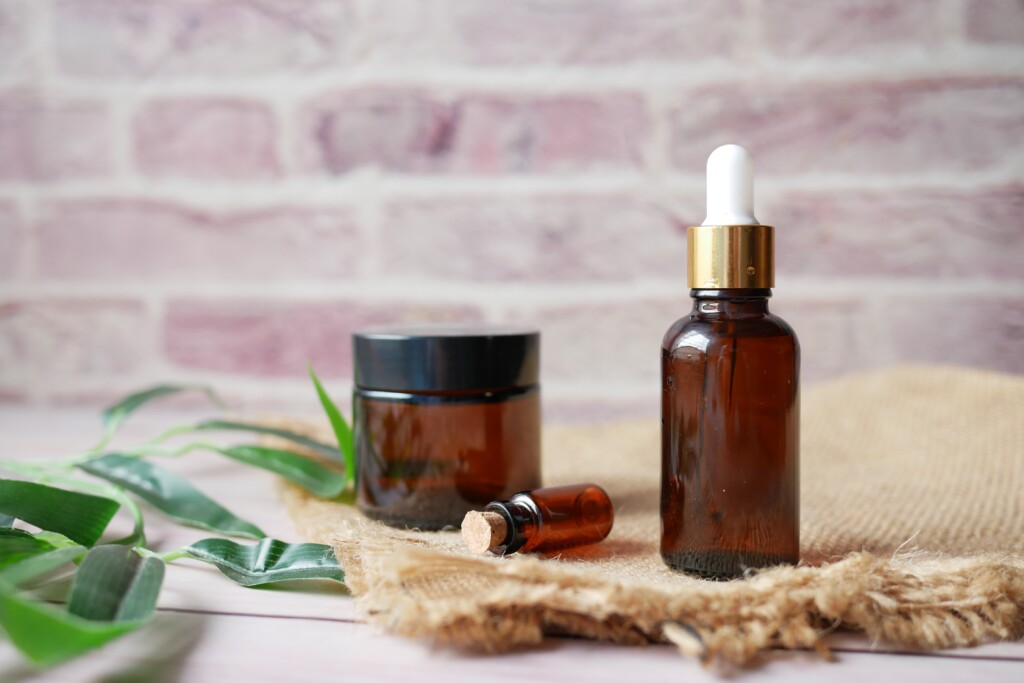
In the realm of traditional beauty products, environmental concerns are multifaceted, primarily revolving around the use of harmful chemicals and the generation of substantial packaging waste. Many beauty products contain chemicals like parabens, phthalates, sulfates, and synthetic fragrances, which, while enhancing product efficacy and shelf-life, pose significant risks to both human health and the environment. Once these products are washed off, these chemicals can find their way into waterways, adversely affecting aquatic life and potentially entering human food sources through bioaccumulation. The environmental impact of these chemicals is exacerbated by their pervasive use and the lack of stringent regulation in many regions, leading to widespread ecological disruption.
Equally concerning is the issue of packaging waste, particularly plastic pollution, associated with beauty products. The beauty industry is a major contributor to the global plastic waste crisis, with a significant portion of products packaged in single-use plastics. These materials, often non-recyclable and non-biodegradable, end up in landfills and oceans, posing a threat to marine life and contributing to the larger global issue of plastic pollution. This situation is aggravated by the slow degradation rate of plastics, leading to long-term environmental consequences. The microplastics generated from these products further infiltrate ecosystems, causing harm to wildlife and potentially impacting human health through the food chain.
Addressing these environmental challenges requires a concerted effort from both the industry and consumers. The beauty industry is gradually recognizing the need for change, with some brands incorporating recycled materials, refillable containers, and biodegradable packaging options. However, consumer awareness and action play a pivotal role in driving this change. By opting for products with eco-friendly packaging and supporting brands committed to sustainability, consumers can significantly contribute to reducing the environmental footprint of their beauty routines. This shift not only aids in tackling immediate environmental concerns but also fosters a more sustainable and responsible approach to personal care and beauty.
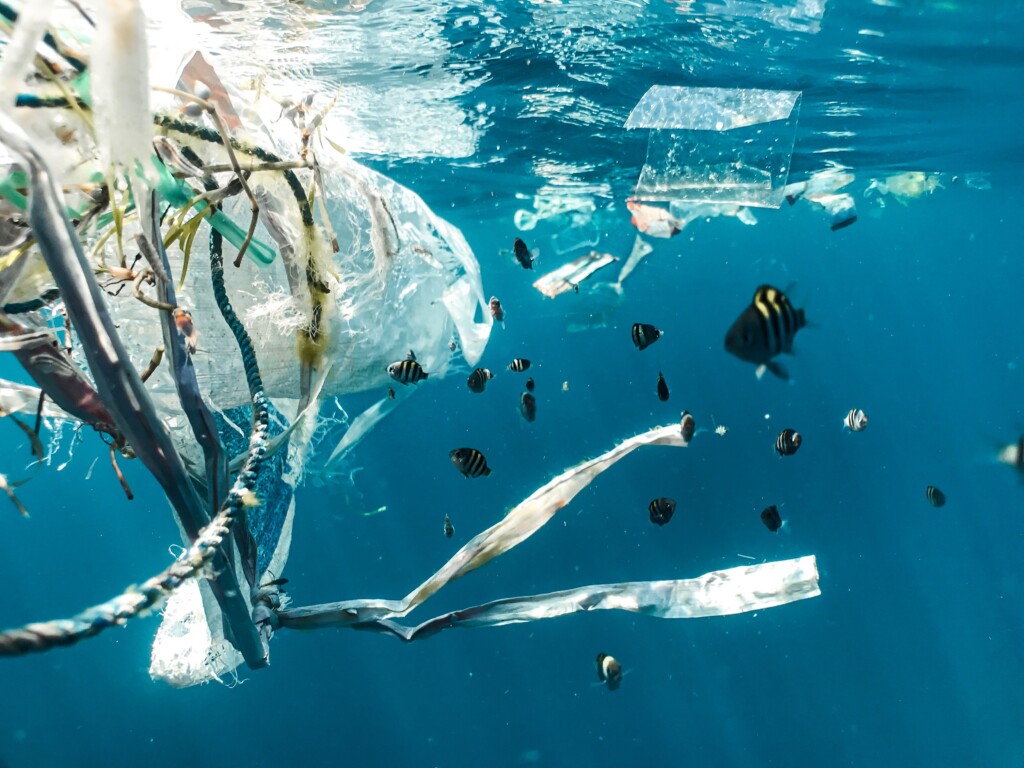
Green beauty products offer numerous benefits that extend beyond personal care, positively impacting both individual health and the environment. These products, typically formulated with natural, organic, and non-toxic ingredients, are kinder to the skin and body. By avoiding harsh chemicals like parabens, sulfates, and synthetic fragrances, green beauty products reduce the risk of skin irritations, allergies, and potentially long-term health issues associated with the absorption of harmful substances. For individuals with sensitive skin or health-conscious consumers, these products represent a safer and more holistic approach to personal care.
In terms of environmental benefits, eco-friendly beauty products contribute significantly to reducing environmental harm. Their manufacturing process often involves sustainable practices that minimize carbon footprints, such as using renewable energy sources and responsible waste management. Furthermore, green beauty brands commonly adopt ethical sourcing practices, ensuring that ingredients are obtained in ways that do not harm ecosystems or exploit labor. This commitment extends to packaging, with many eco-friendly products packaged in recycled, recyclable, or biodegradable materials, significantly cutting down on plastic waste and pollution.
The ripple effect of choosing green beauty products is substantial. Consumers not only safeguard their health but also advocate for a healthier planet. By supporting eco-friendly brands, they encourage the broader beauty industry to shift towards more sustainable practices. This change is critical in mitigating the environmental impacts of the beauty industry, from reducing chemical runoff into waterways to lessening the burden of plastic pollution. As awareness and demand for green beauty products grow, they pave the way for a more sustainable future in personal care, harmonizing human health with environmental stewardship.
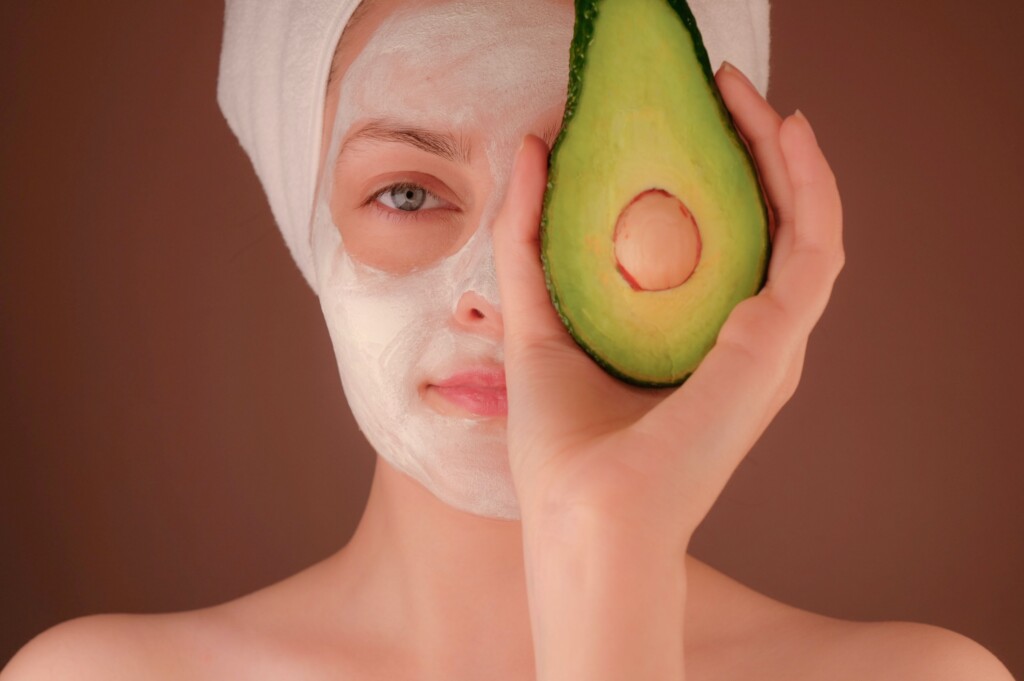
When selecting eco-friendly beauty products, understanding key ingredients and labels is essential for making informed choices. Eco-friendly products often emphasize natural and organic ingredients, which are derived from plants and minerals and are generally free from harsh chemicals. Natural ingredients are not only gentler on the skin but also on the environment, as they tend to have a lower ecological impact during production and disposal. Organic ingredients take this a step further, being sourced from farming practices that eschew synthetic pesticides and fertilizers, thereby reducing harmful runoff into water systems and promoting biodiversity.
However, it’s important to note that not all natural ingredients are automatically eco-friendly or safe. It’s crucial to research specific ingredients, as some natural substances can still be allergenic or harmful in high concentrations. Moreover, the terms ‘natural’ and ‘organic’ are not always regulated, especially in cosmetics, so it’s essential to look for certifications from reputable organizations to ensure authenticity. These certifications often involve strict guidelines regarding ingredient sourcing, production processes, and environmental impact.
Labels like cruelty-free and vegan also play a significant role in eco-friendly beauty products. Cruelty-free products are not tested on animals, a practice that raises significant ethical and environmental concerns. Vegan products, on the other hand, do not contain any animal-derived ingredients. This distinction is important not only for ethical reasons but also for sustainability, as animal farming has a substantial environmental footprint. Vegan beauty products often use plant-based alternatives, which generally have a lower ecological impact.
Understanding these labels and ingredients can help consumers make choices that align with their values and the well-being of the planet. For example, choosing a product with a cruelty-free label ensures that no animal testing was involved in its development, while opting for a product with certified organic ingredients supports sustainable farming practices.
When navigating the world of eco-friendly beauty products, it’s crucial to look beyond the marketing claims and understand the significance of various labels and ingredients. By choosing products with natural, organic, vegan, and cruelty-free attributes, consumers not only benefit from healthier and safer personal care options but also contribute to a more sustainable and ethical beauty industry.

Identifying and avoiding harmful ingredients in beauty products is essential for both health and environmental reasons. Common toxic ingredients include parabens (methylparaben, propylparaben, butylparaben, ethylparaben), which are used as preservatives and linked to hormonal disruptions.
Sulfates, particularly Sodium Lauryl Sulfate (SLS), are common in cleansers and shampoos and can cause skin irritation. Phthalates, often hidden under the term ‘fragrance’ or ‘parfum,’ are associated with reproductive issues. Formaldehyde-releasing preservatives, found in various personal care products, are known carcinogens. Oxybenzone, commonly found in sunscreens, is harmful to marine life.
To avoid these substances, scrutinize ingredient lists on product labels. Ingredients are listed in order of concentration, so those at the beginning of the list are present in higher amounts. Be wary of vague terms like ‘fragrance,’ which can conceal harmful chemicals. Opt for fragrance-free products or those using natural scents from essential oils.
Seek products with certifications from reputable organizations, as these are less likely to contain harmful synthetic ingredients. For example, products certified organic typically avoid these harmful additives. Look for marks from organizations like the Environmental Working Group (EWG), indicating a product has been evaluated for safety.
Additionally, use resources such as the EWG’s Skin Deep database to check the safety ratings of cosmetics and personal care products. This database evaluates products based on their ingredients, providing a useful tool for making informed decisions.
💡 Carefully read and understand ingredient lists, avoid known harmful chemicals, and utilize available resources and certifications to ensure the products you choose are safe and environmentally friendly.
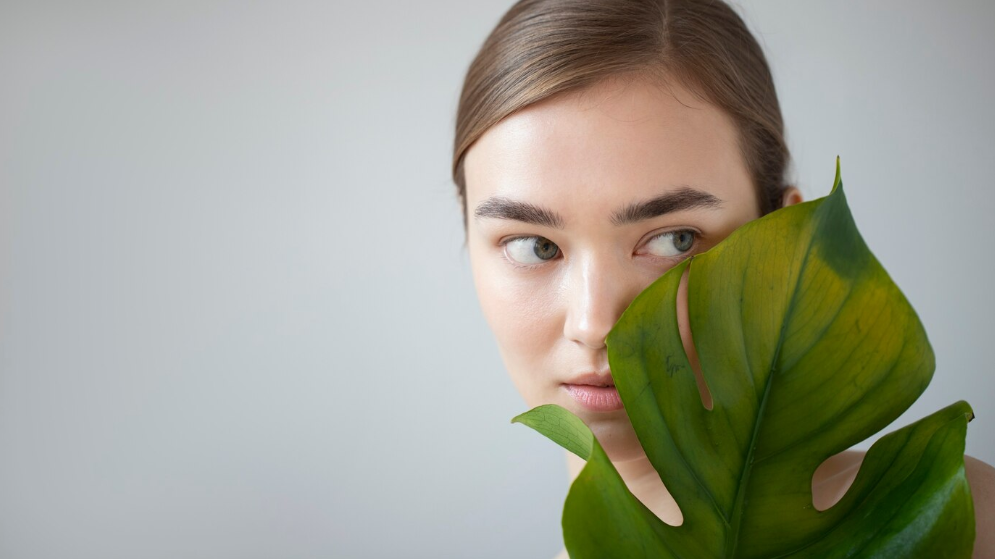
Sustainable packaging in the beauty industry is gaining importance as both consumers and brands become more conscious of their environmental impact. Traditional beauty product packaging, often made from non-recyclable materials, contributes significantly to global waste and pollution, particularly plastic waste. This has led to a growing demand for packaging solutions that are not only functional and aesthetically pleasing but also environmentally responsible.
In response, the beauty industry is innovating with eco-friendly packaging options. These include using recyclable and biodegradable materials, implementing refillable systems, and designing packaging that minimizes waste. For instance, mono-material packaging, which is easier to recycle, and packaging that incorporates recycled materials are becoming more prevalent. The move towards sustainable packaging is not just a trend but a necessary shift towards reducing the environmental footprint of beauty products. This approach aligns with the broader goal of the circular economy, aiming to keep resources in use for as long as possible and to minimize waste.
A notable example is Fenty Beauty, a popular brand that has demonstrated its commitment to sustainability with its Instant Reset Night Cream Pot. This product exemplifies the integration of practical and sustainable design. The pot features a hinged lid for ease of use and is crafted to be both refillable and recyclable. Such an approach is a significant step in reducing packaging waste, a crucial aspect of environmental conservation in the beauty industry.
Fenty Beauty‘s initiative is representative of a broader trend where companies are rethinking packaging to align with eco-friendly principles. These efforts include the use of mono-material packaging for easier recycling, the incorporation of recycled materials into new packaging, and the design of refillable containers to extend the lifecycle of the packaging. By adopting such sustainable practices, the beauty industry is not only addressing consumer demand for environmentally responsible products but also actively contributing to the reduction of global waste and pollution.
This evolution towards sustainable packaging reflects an increasing awareness and responsibility within the beauty industry towards environmental stewardship. It showcases a commitment to balancing consumer needs with ecological sustainability, demonstrating that beauty and environmental care can go hand in hand.
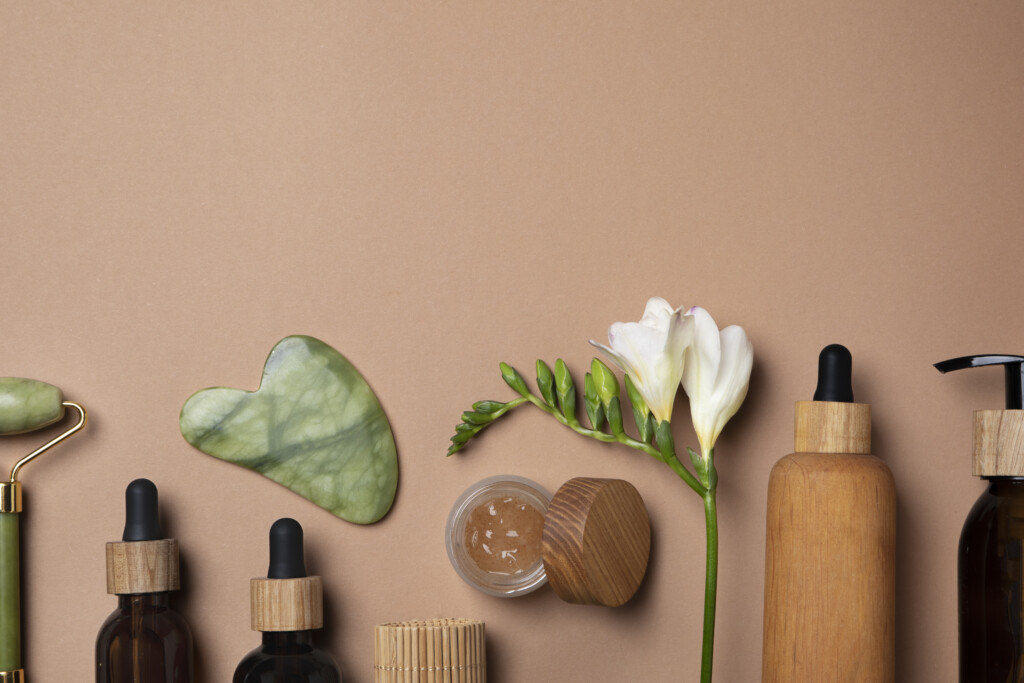
The trend of DIY natural beauty recipes has grown significantly, offering a sustainable and personalized approach to skincare and haircare. By creating their own products, individuals can not only tailor ingredients to their specific needs but also reduce the environmental impact often associated with commercially produced items.
Homemade skincare and haircare recipes often utilize readily available, natural ingredients like honey, coconut oil, aloe vera, and essential oils. For example, a simple face mask can be made using honey and oatmeal, known for their soothing and moisturizing properties. Similarly, a hair mask combining coconut oil and avocado can provide intense nourishment for dry or damaged hair. These natural ingredients are not only effective but also free from harsh chemicals, making them suitable for those with sensitive skin or those looking to reduce their exposure to synthetic substances.
One of the key benefits of DIY beauty products is the control over ingredients. This allows for the avoidance of allergens or irritants often found in commercial products. Moreover, making beauty products at home can be more cost-effective in the long run, especially when using ingredients that are commonly found in the household or are easily available in bulk.
Another significant advantage of homemade beauty products is their environmental impact. By preparing these products at home, individuals can significantly reduce the waste associated with packaging. Many DIY recipes use reusable containers, reducing the reliance on single-use plastics that are prevalent in the beauty industry. Additionally, by selecting organic and locally sourced ingredients, the carbon footprint related to transportation and production of commercial products can be minimized.
Finally, the process of creating DIY beauty products can be a fulfilling and creative experience. It encourages a deeper understanding of the ingredients and their benefits, fostering a more mindful and holistic approach to beauty and wellness. This practice not only benefits personal health but also promotes environmental sustainability, making it a valuable addition to anyone’s beauty routine.
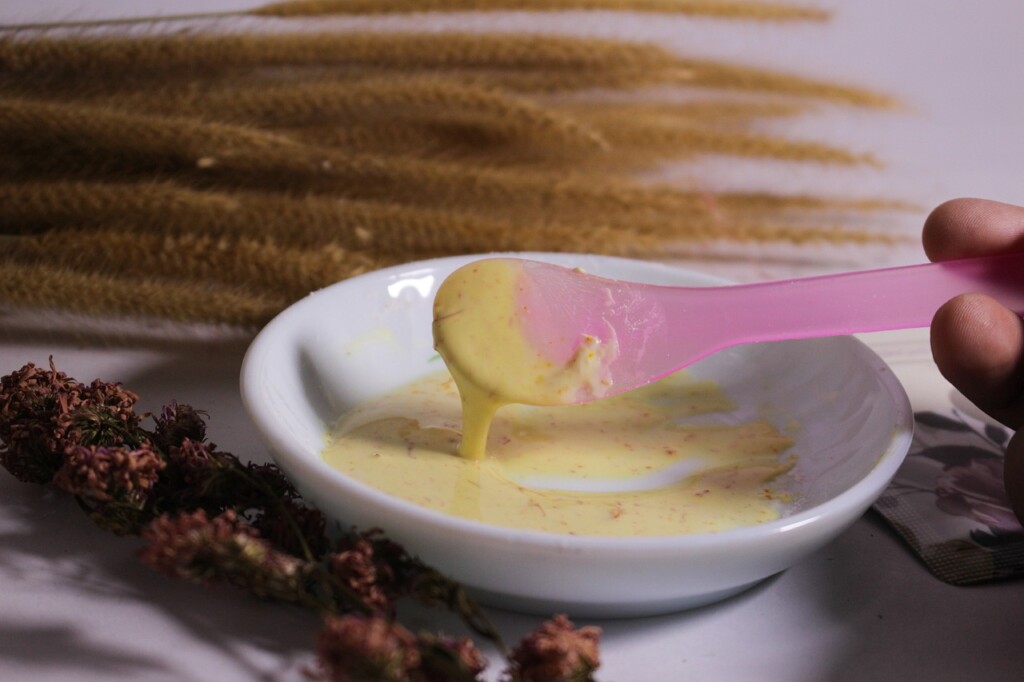
The role of both brands and consumers in promoting sustainable beauty is pivotal in driving the industry towards more environmentally responsible practices. Leading eco-friendly brands have set exemplary standards in this regard. For instance, REN has committed to zero waste, eliminating unnecessary packaging and using recycled ocean plastic. Aveda, known for its vegan beauty products, was the first to use post-consumer recycled materials in its packaging and has raised significant funds for environmental initiatives.
Lush champions sustainability with 90% of its packaging being recycled, including plastic and paper, and operates the first plastic packaging-free cosmetics shop in England. Herbivore’s packaging is made from recyclable glass, avoiding plastic and fossil fuel derivatives. Luxury brand Giorgio Armani’s Acqua for Life initiative supports global access to clean water, while L’Occitane has reduced its packaging plastic and aims for all bottles to be made of 100% recycled plastic by 2025.
Clarins is involved in the Plastic Odyssey challenges to raise awareness about ocean plastic waste, and Origins has implemented a recycling scheme, turning empty packaging into plastic pellets for reuse. Weleda stands out for its commitment to biodynamic, organic farming, and plastic-free packaging.
Consumers play a crucial role in this movement by supporting these eco-conscious brands, thus influencing the industry towards sustainability. Their purchasing decisions and advocacy for sustainable practices encourage more brands to adopt environmentally friendly approaches. This symbiotic relationship between consumers and brands is essential for the ongoing transformation of the beauty industry into a more sustainable and ecologically responsible sector.
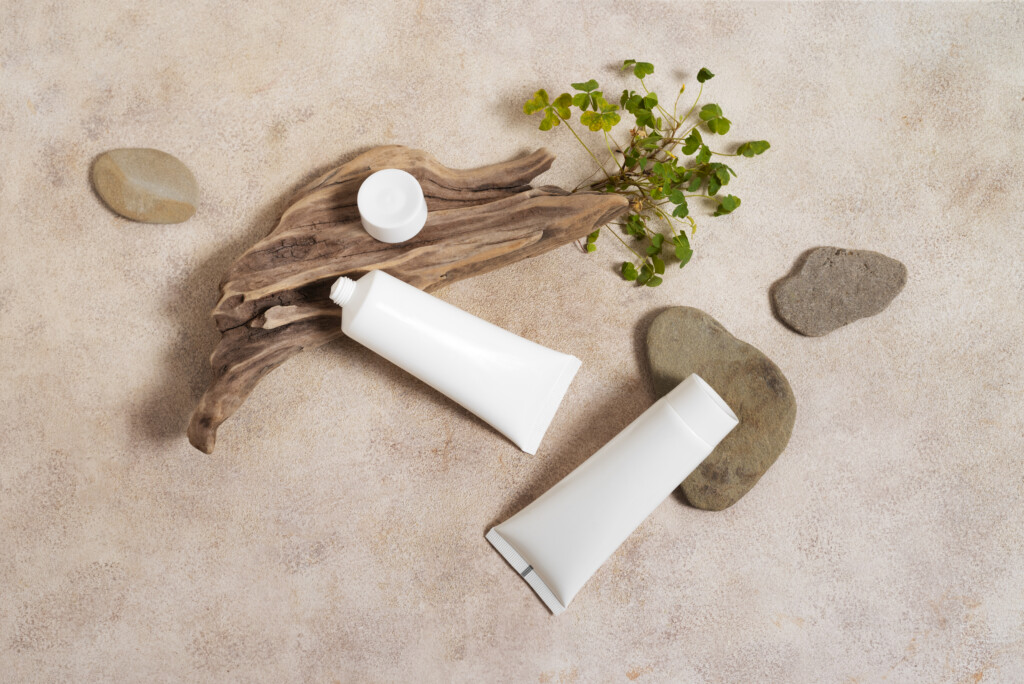
The future of green beauty is shaped by several key trends, reflecting the growing importance of sustainability in the beauty industry. A major trend is the consumer demand for sustainable beauty packaging, focusing on minimal environmental impact. This includes eco-friendly materials like biodegradable or recyclable glass, paper, and certain plastics. Brands are also adopting minimalist designs to reduce material use and exploring innovative materials such as bamboo and mushroom-based packaging.
Another trend is the rise of “free-from” claims, highlighting the absence of certain allergens or harmful chemicals like parabens. These claims are increasingly regulated to ensure accuracy and inform consumers about product safety.
Retailer participation is also pivotal, with major players like Sephora and Amazon facilitating consumer access to sustainable products. This trend is pushing beauty brands to adopt sustainable models or risk losing shelf space and market share. The focus is shifting beyond clean ingredients to address broader sustainability and waste issues.
Moreover, widespread sustainability adoption is becoming essential for beauty brands. Clean skincare and sustainable makeup are becoming standards in the market. Brands that fail to meet these sustainability expectations risk losing brand equity and customer loyalty.
These trends indicate a significant shift towards sustainable practices in the beauty industry, driven by consumer demand, regulatory changes, and market competition. The integration of eco-friendly packaging, transparent product claims, retailer support, and overall sustainability adoption reflects a growing commitment to environmental responsibility within the beauty sector.
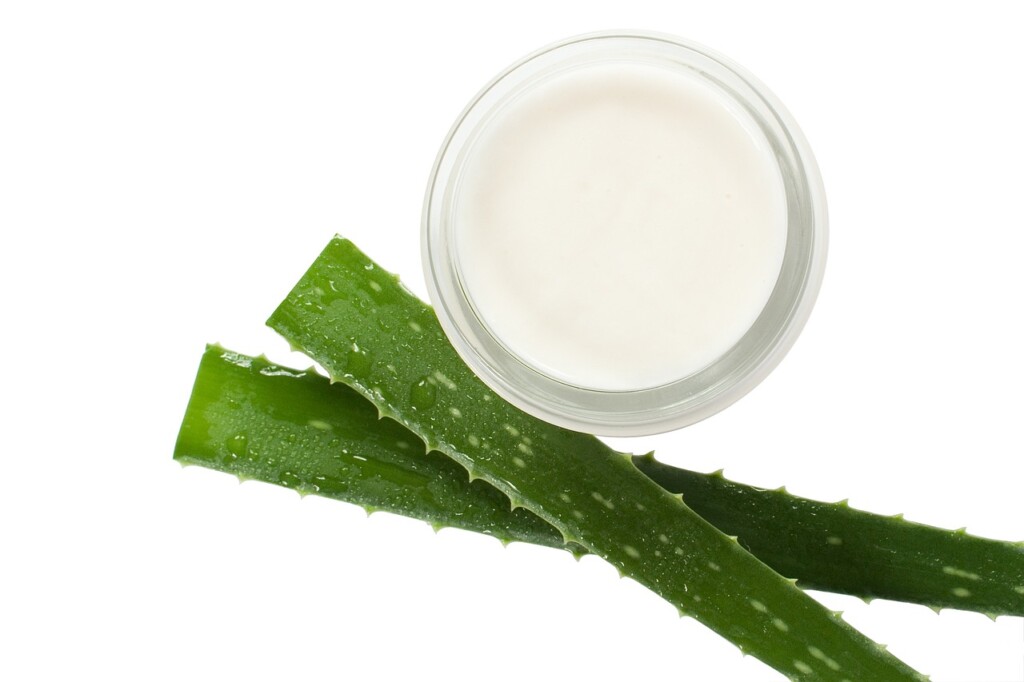
In conclusion, the transition towards greening beauty routines is more than a trend; it’s a vital shift in how we interact with our environment through our daily habits. By choosing eco-friendly cosmetics and personal care products, consumers not only protect their health but also contribute to the health of our planet. The role of brands in this movement is equally crucial, as they innovate and adapt to meet the growing demand for sustainable options.
As we continue to learn and evolve in our understanding of sustainability, it is imperative that we embrace these changes, not just as temporary adjustments, but as permanent adaptations to our lifestyles. This commitment to sustainable beauty practices is a significant step towards a more responsible and environmentally conscious future, one where beauty and ecological well-being exist in harmony.
Stay a while and read more posts like this
Let’s devote a few minutes to envision our world in 2100. It’s quite a thought experiment, given the dramatic transformations our planet has experienced in...
With climate change looming large, the world is embarking on a quest for solutions to heal our ailing planet. Solar geoengineering emerges as a burgeoning field,...
Taking on parenthood comes with unique choices that factor in more than just our family’s immediate needs. For modern parents, who are not just guardians of...